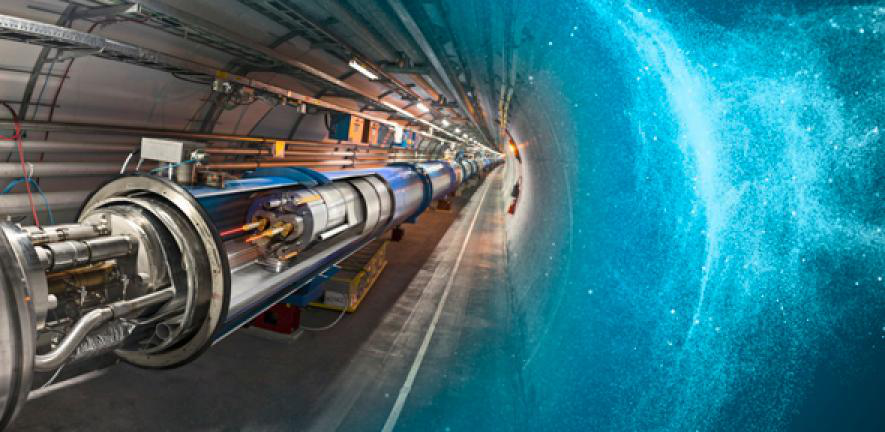Speaker
Description
Previously an equation of state for the relativistic hydrodynamics encountered in heavy-ion collisions at the LHC has been calculated using lattice QCD methods. This leads to a prediction of very low viscosity, due to the trace anomaly. Finite system corrections to this trace anomaly could challenge this calculation, since the lattice QCD calculation was preformed in an effectively infinite system. To verify this trace anomaly it is beneficial to add the finite system corrections that will be encountered. We construct a massive $\phi^4$ theory while imposing periodic boundary conditions on n of the 3 spatial dimensions. $2\rightarrow2$ NLO scattering is then computed, while analytically making sure the optical theorem holds, to ensure unitarity remains intact despite the pathological nature of the finite system. In order to develop a solid mathematical basis that will carry forward into the thermal field theory context, some small and large argument analysis (in terms of the incoming energy as well as the length scales of the finite dimensions) is performed on the s,t and u channels separately. Finally the finite size corrections to the total cross section, running coupling and effective coupling is explored numerically, in order to estimate the size of such finite system corrections in massive field theories.
The size of these effects appears to depend very sensitively on the length scales of the finite dimensions, the number of finite dimensions, the energy of the scattering as well as the size of the renormalized coupling. For parameters comparable to what is found for QCD at the LHC it is unclear if the corrections would be detectable or not. Due to the pathological nature of the system it is also found that there are energies at which the total cross section becomes infinite when there are 2 finite dimensions, and that the cross section is infinite for all physical energies when all three spatial dimensions are finite. This makes interpretation difficult, and suggests the need to consider scattering happening in a finite time-span. It does however suggest that a fuller treatment of finite-system time-independent QCD may reveal detectable finite system effects, possibly challenging or confirming the low viscosity of the relativistic Quark Gluon Plasma generated in heavy-ion collisions, as calculated as a consequence of the numerically calculated lattice QCD equation of state.

